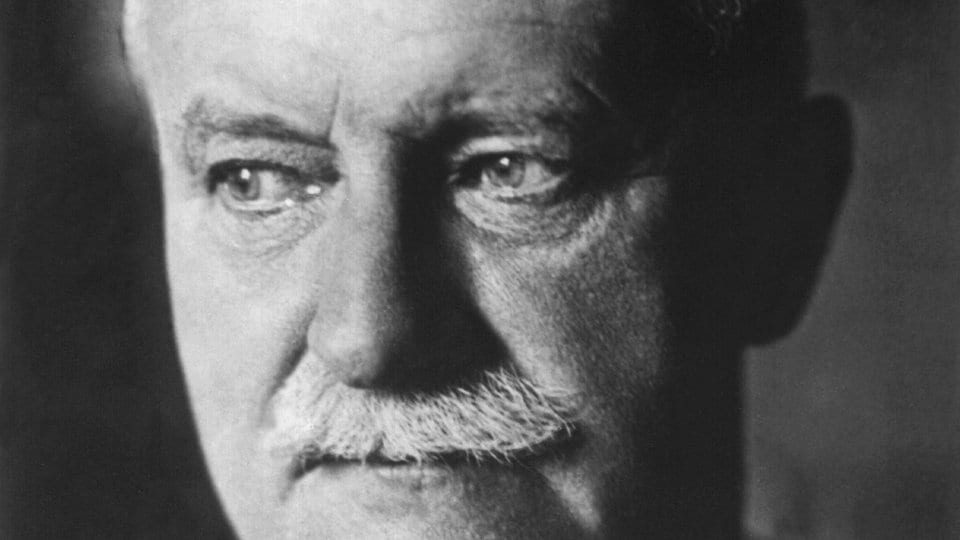August Bier was a surgeon from Germany. He was the first to use spinal and intravenous regional anesthesia. But how did August Bier know if his method of anesthesia worked?
August Bier tested a form of anesthesia consisting of injecting cocaine directly into the spine on his assistant, and to see how effective it was, he stuck a needle in his leg, hit him in the shins with a hammer, ripped off his pubic hair, and even squeezed his testicles.
August Bier’s Early Life
August Karl Gustav Bier was born on November 24, 1861, and passed away on March 12, 1949. Bier began his medical studies at the Charité – Universitätsmedizin Berlin in 1881, then transferred to Leipzig University in 1882 and again to the University of Kiel in 1883. Bier worked as a general practitioner and ship’s surgeon outside Kiel, a major Baltic Sea port, after receiving his medical degree from the University of Kiel in 1886.
Bier began his residency in 1888 at the University of Kiel’s surgical clinic, where Friedrich von Esmarch mentored him. Bier was appointed Chief Surgeon and Geheimrat Professor of Surgery at the Charité – Universitätsmedizin after professorships in Greifswald and Bonn. (Source: Embryo)
August Bier’s Spinal Anesthesia
The first step in developing regional anesthesia was the isolation of local anesthetics, the first of which was cocaine. Spinal anesthesia was the first regional anesthetic technique used, and August Bier performed the first operation under spinal anesthesia in 1898 in Germany. Before this, the only local anesthetic techniques available were topical eye anesthesia and infiltration anesthesia.
The brain and spinal cord make up the central nervous system. The use of local anesthetic in or around the CNS is referred to as neuraxial anesthesia. Spinal anesthesia is neuraxial anesthesia in which a local anesthetic is injected directly into the intrathecal space. The subarachnoid space contains sterile cerebrospinal fluid, the clear fluid surrounding the brain and spinal cord. An adult human has approximately 130 to 140 mL of CSF that circulates throughout the day. Every day, approximately 500 mL of CSF is produced.
Epidural and caudal anesthesia are two other neuraxial techniques, each with its own indications. For reasons discussed later in this article, spinal anesthesia is only used in the lumbar spine for surgical procedures involving the lower abdomen, pelvis, and lower extremities. (Source: National Library of Medicine)
August Bier’s Sports Medicine
August Bier, a pioneer in anesthesia, and Arlie V. Bock, who studied circulatory and blood responses to exercise, were also pivotal figures in establishing sports medicine as a formal field of study in Europe and the United States.
Sports medicine has always been difficult to define because it encompasses a broad range of healthcare for professional athletes and recreationally active people. It offers them diagnostic, curative, rehabilitative, and preventive medical services. Athletes and active people require expertise and sport-specific knowledge for issues ranging from musculoskeletal to environmental stresses, cardiology to dermatology, endocrinology to psychology.
The moral, legal, and health-related challenges that professional athletes face add to the unique and complex picture that doctors who treat them see. Finally, prevention is becoming a specialized area of interest, knowledge, and expertise. Many people believe that sports medicine will make the most significant contribution to prevention. Participation in physical activity at all levels benefits health and quality of life. (Source: Aspetar)
Image from MDR
